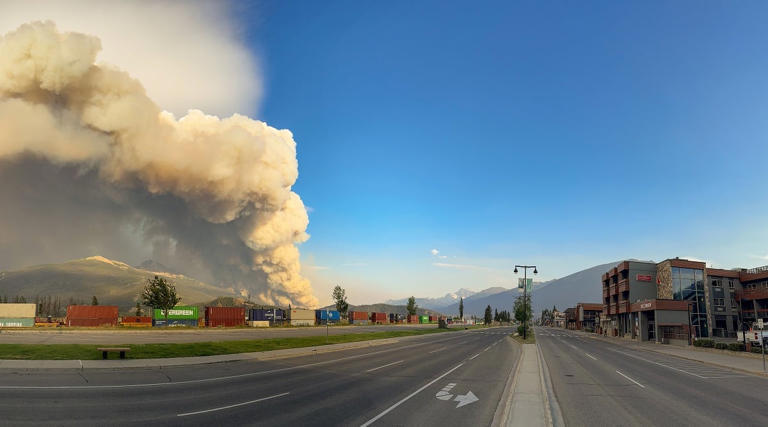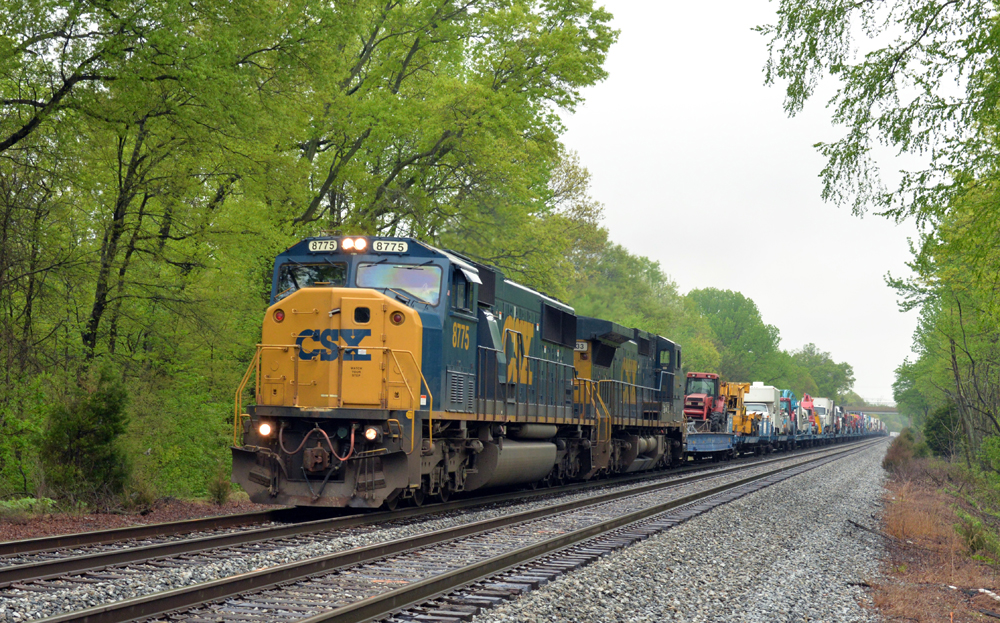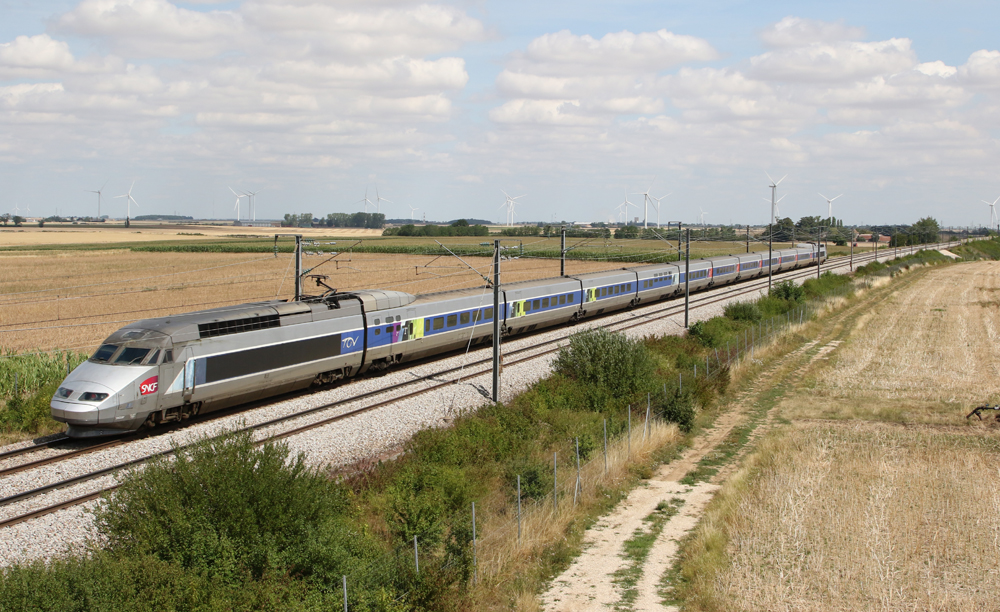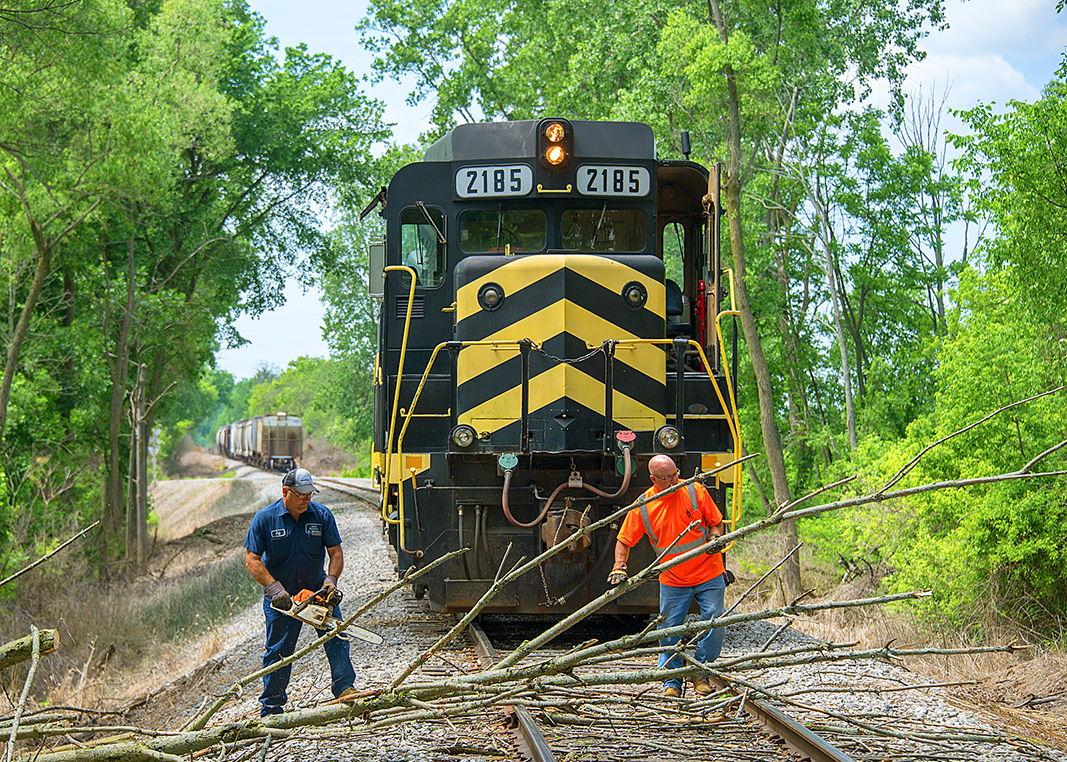What was your first train set (or locomotive)?
My first O-gauge trains were two Lionel and one Marx locomotives and cars. My grandfather built a through truss bridge and box to put everything in. I have a number of cars and a few turnouts. I’ve added to the collection a little over the years.
We would set up the train at Christmas time. By the time I was in second grade, I was able to wire up the track and turnouts. Who knew I’d eventually be an electrical engineer and have a website on wiring trains?
My mother went to work for Tyco and I got a few HO trains. Tyco’s quality was terrible, but it was what I had. I still have some of them, and Mantua came out with remotoring kits for them. With their die-cast boilers, they became decent runners. I’ve put body mounted couplers on some of the cars.
Describe your model railroading philosophy in 6 words.
Just do your best and have fun. I’m no artist and I have no prayer of being a Master Model Railroader. I just do my best. I trade my electronic skills with others who are more artistic than myself to get a layout that looks reasonably good.
In Texas, I did a pretty good job of modeling the Clinchfield railroad and had enough engines and rolling stock where I could have a Clinchfield operating session. Here in Tennessee, I’ve loosened up a bit. I’m still primarily steam from the southeast, but if it looks good, I run it.
[Editor’s note: The Clinchfield was a Model Railroader project railroad from 1978. Watch a video to learn more: https://www.trains.com/ctr/photos-videos/videos/series/history-according-to-hediger/history-according-to-hediger-episode-7/]
I want a railroad to be finished or at least look reasonably finished. No plywood showing!
I want to be able to run it for guests, but have built it for operations.
I avoid control panels sticking into aisles and the time it takes to wire them, so my turnouts are DCC controlled. All my wiring is done from the aisle through hinge down fascia. The L-girders in front are made from 1 x 4 and 1 x 8 making a shelf to put the electronics and terminal strips. I splurged and used smoked acrylic for my fascia.
What has been your biggest modeling success?
Especially when I was younger and had my life ahead of me, I thought big and had no limits.
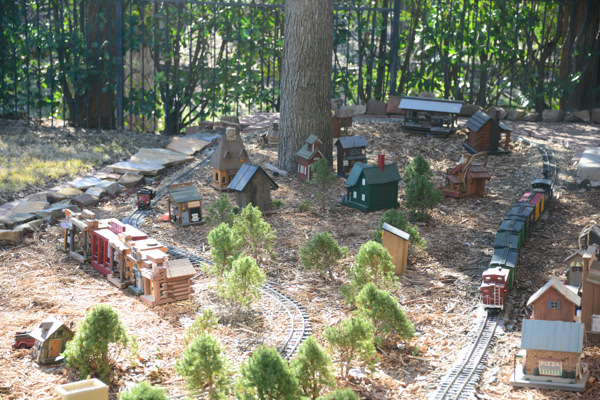
My Texas large scale layout took up my entire backyard and contained 85 tons of dirt and rock. When I built it, I could move a ton an hour. I had a waterfall, a raging river, three separate tracks, 13 air powered turnouts, everything was DCC wireless controlled, real stone bridges, aluminum bridges, wooden trestles. It had 63 miniature trees and hundreds of plants. All the buildings were birdhouses. I could run all the trains into a five-track yard in my garage. I think it turned out well. The only problem was that being outdoors, keeping it up was a chore.
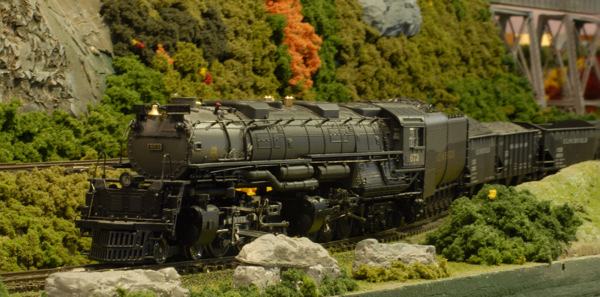
My Texas HO layout was another “think big” operation. It ran floor to ceiling in four levels. It was pretty faithful to the Clinchfield. I had just started installing signaling when we decided to move.
I’m a bit older now. Moving a ton of dirt is no longer easy, so I gave up on large scale. I’m building what will be a nice, single level HO layout that I can finish in a reasonable number of years.
Be sure to visit my website and see my pictures of these layouts and my short videos on my YouTube channel.
What was your biggest modeling mistake?
As an engineer, I’m pretty good at planning technical things. Most things turned out well. However….
When I first visited the Clinchfield in 1992 I was very impressed with the mountains and the engineering that went into putting a railroad into this rugged terrain. The Clinchfield is primarily a coaling hauling railroad with through freight. It consists of a single track mainline with main spurs to serve the coal mines. There were a few branches and one set of switchbacks. One of the branches had a coal cleaning facility. I modeled all of this.
But when I got all this going and it was time to have operating sessions, I found that there wasn’t much variety to operations. It was pretty much just serving all the mines and run through freights, with virtually no industries to service. I didn’t see this problem coming.
So went I built my Tennessee layout, I still modeled mountains, but I added lots of industries and track variety to the towns. I’m hoping to have more variety during operating sessions.
What’s your least favorite modeling task?
Airbrushes hate me! I have one, but haven’t used it in years. Fortunately, I have a friend in our club who is very good at airbrushing, so I rely on him. When my railroad gets further along, I would like to try it again and maybe do some weathering with it.
What project(s) have you been working on recently?
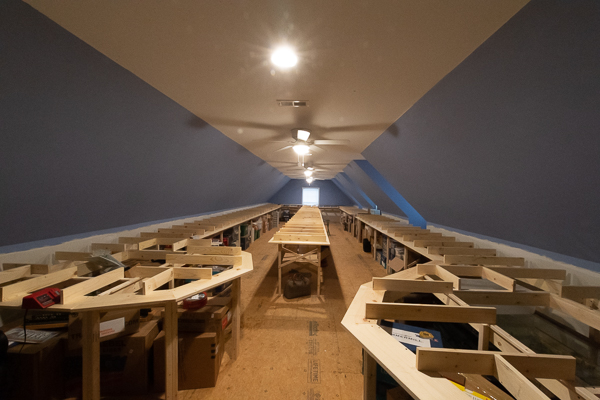
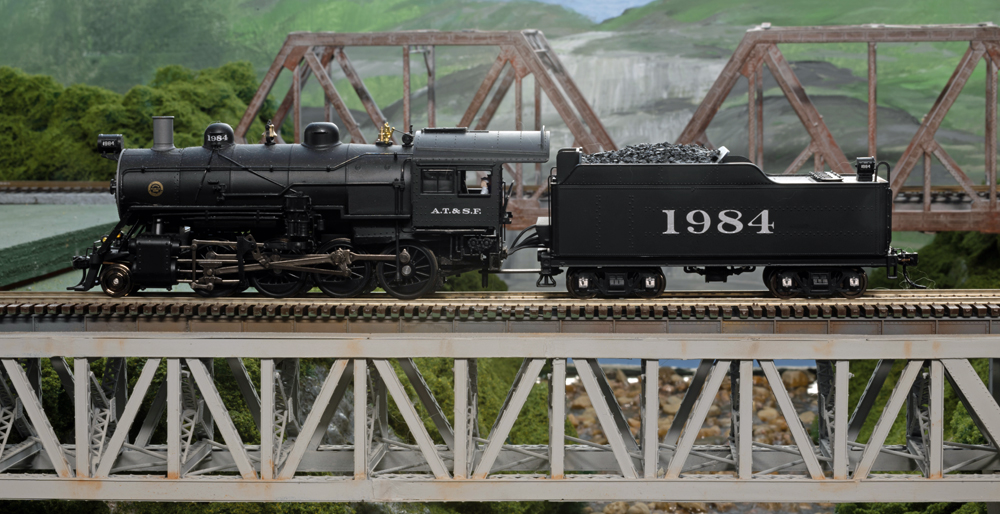
I have been busy writing my DCC Currents column and book for Kalmbach [due out in August 2024]. Because of these projects, I haven’t had much time for my layout. When the book is behind me, I look forward to getting back to my layout.
What advice would you give to a new hobbyist?
If you haven’t gotten into Digital Command Control yet, now is a great time! Walthers released a EMD SW7 with DCC and sound installed for $178. You can buy a DCC system for about the same price.
Don’t worry about converting all of your locomotives. Most are not worth converting anyway. Sell them. Today’s locomotives look and run better than ever. You want a new locomotive and many can be obtained with DCC and sound for as little as $50 extra.
Go for it!
Editor’s note: Allan Gartner authors the “DCC Corner” column for Model Railroader. Visit his website, https://www.WiringForDCC.com, for DCC information and to see more photos of his layouts.






